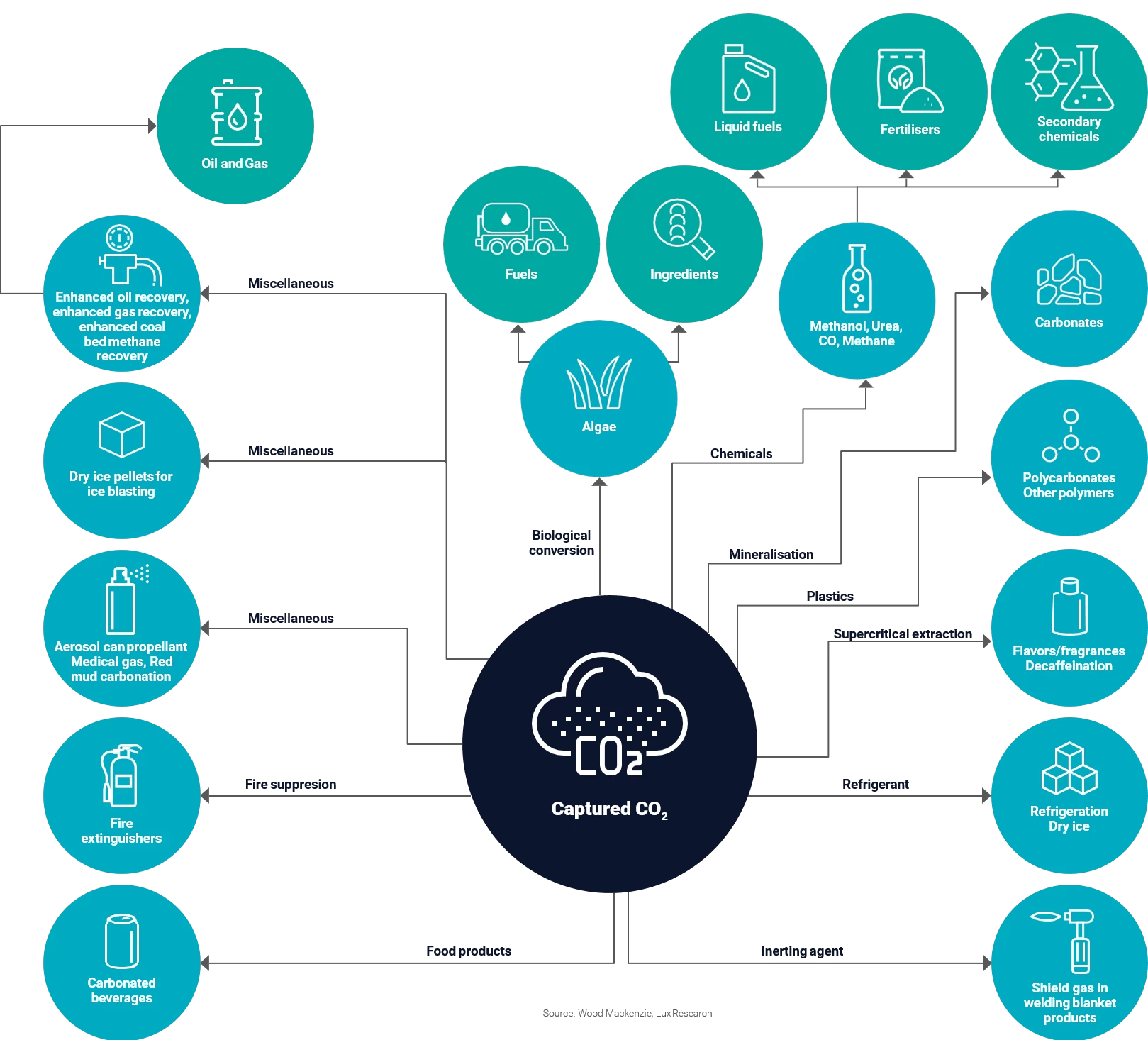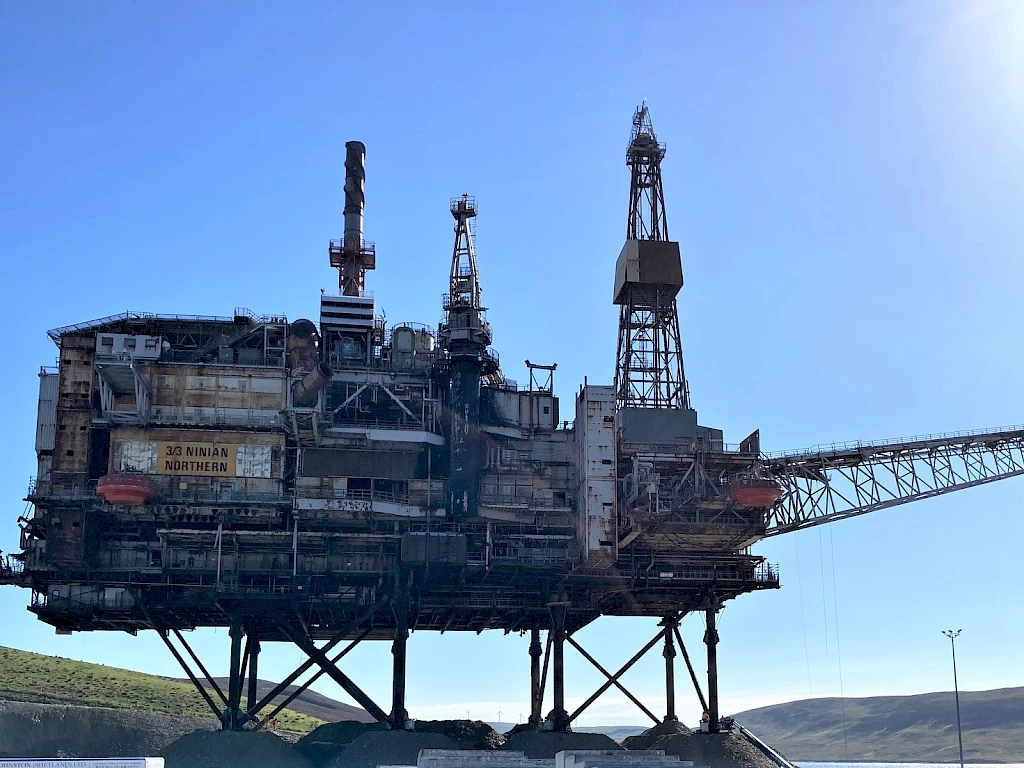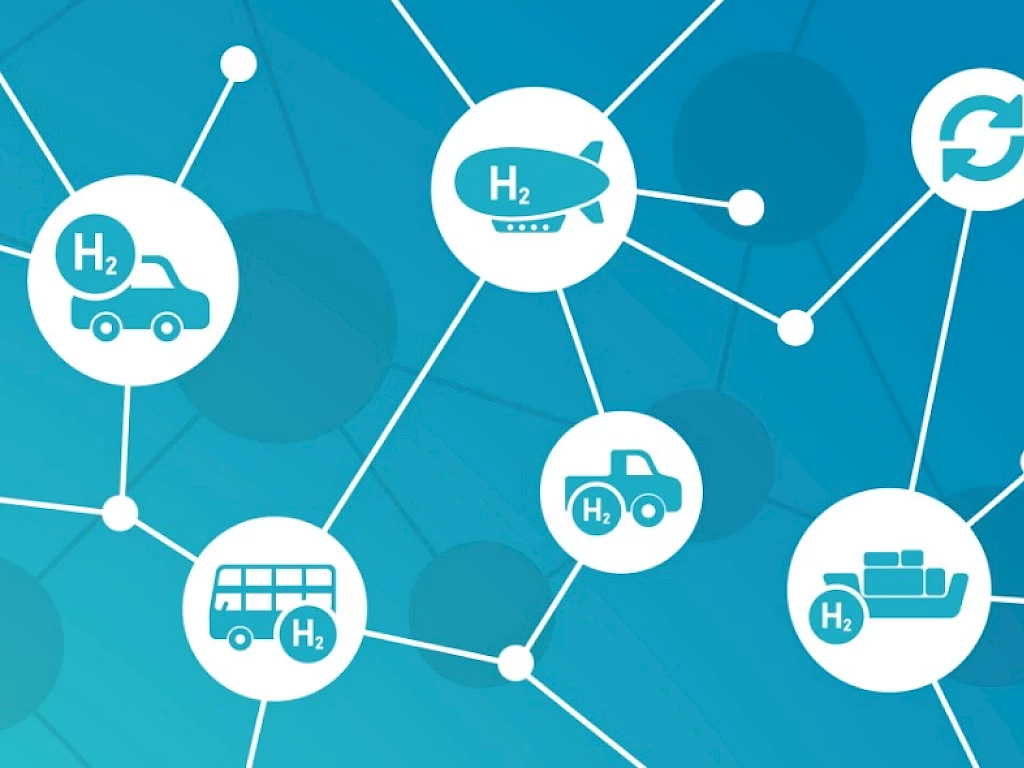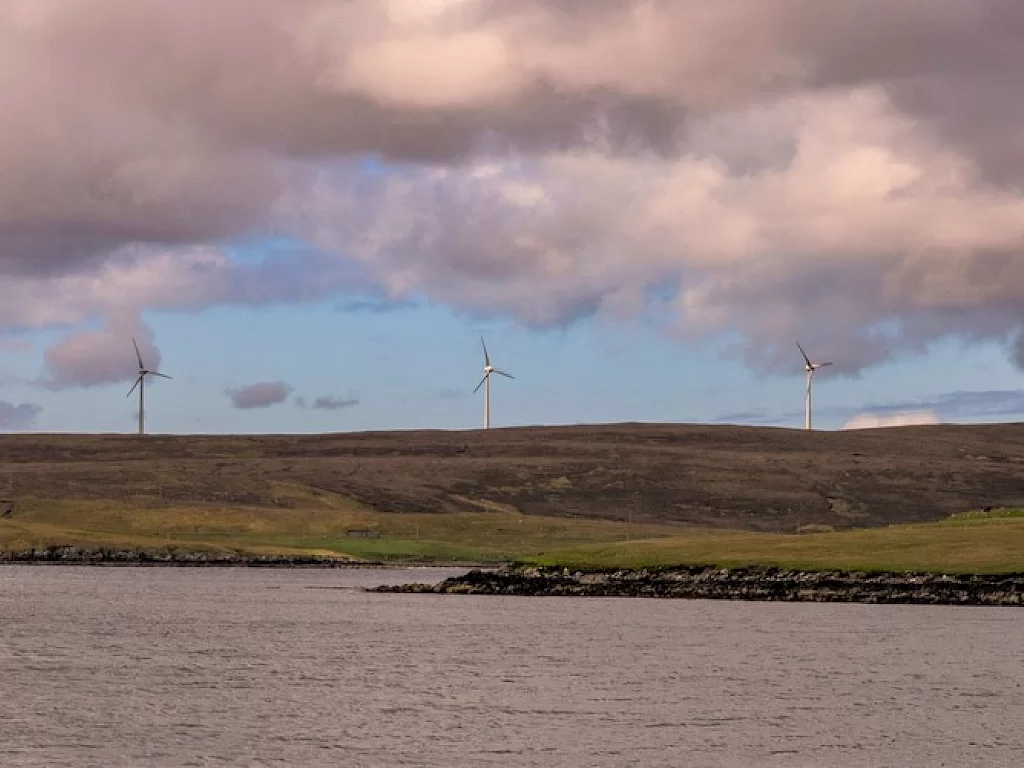ORION - Opportunity for Renewable Integration with Offshore Networks – is a strategic framework connecting organisations with a common ambition: To transform the Shetland region into a centre for secure and affordable clean energy.
Sullom Voe
Shetland ports are crucial for the clean energy development and support of offshore wind.
A significant part of ORION involves exploring ways of storing and transporting hydrogen to markets in the UK and elsewhere in the world. This will involve development of port facilities at Sullom Voe and other sites including Dales Voe and Lerwick.
Infrastructure at Sullom Voe Terminal and the Shetland Gas Plant could be repurposed towards hydrogen production while the sites continue to support the oil and gas industry. As a deepwater port, Sullom Voe already meets requirements for hydrogen export such as docking for tankers.
Hydrogen use and export
Both green and blue hydrogen could be used locally (transport, ferries, heating) or exported via tanker or existing pipelines to the Scottish mainland.
Hydrogen production in Shetland could create a new economic market through local H2 use as well as export nationally and internationally through the existing connections to the UK mainland and Europe.
This new industry in Shetland would utilise the long-standing local energy knowledge and skills of the current workforce as well as creating new jobs supporting a just transition away from oil and gas to clean energy technologies.
The marine sector is the largest in the Shetland economy, but along with it comes high emissions as fishing vessels are powered mostly by imported fossil fuels.
Hydrogen could be used to form synthetic fuels such as ammonia (combined with nitrogen) and methanol (combined with carbon monoxide). These fuels could not only help decarbonise the marine sector, but also decrease the reliance on imported fuels from outside the isles.
Carbon capture, utilisation, and storage
All the carbon dioxide emitted during the blue hydrogen production process would be captured and stored.
Existing offshore infrastructure could be repurposed for carbon storage. This locks away greenhouse gases, reduces carbon emissions and minimises the environmental impact.
Carbon dioxide captured at Sullom Voe could be transferred through the existing pipeline infrastructure to depleted oil fields for storage or be used for enhanced oil recovery for continued oil extraction.
As well as capturing CO2 during processes such as blue hydrogen production, it can also be captured directly from the environment. Direct Air Capture chemically removes CO2 from the ambient air, reducing the amount of harmful gases in the atmosphere. Direct Seawater Capture is a similar process where CO2 is captured from the sea.
This process generates a stream of CO2 which can be stored or used in further processes. CO2 can be used along with hydrogen to produce Methanol which can be used as a marine fuel, contributing to the decarbonisation of the marine sector.
Opportunities
As the ORION project evolves and studies are completed, there will be opportunities for technology developers and the supply chain.



